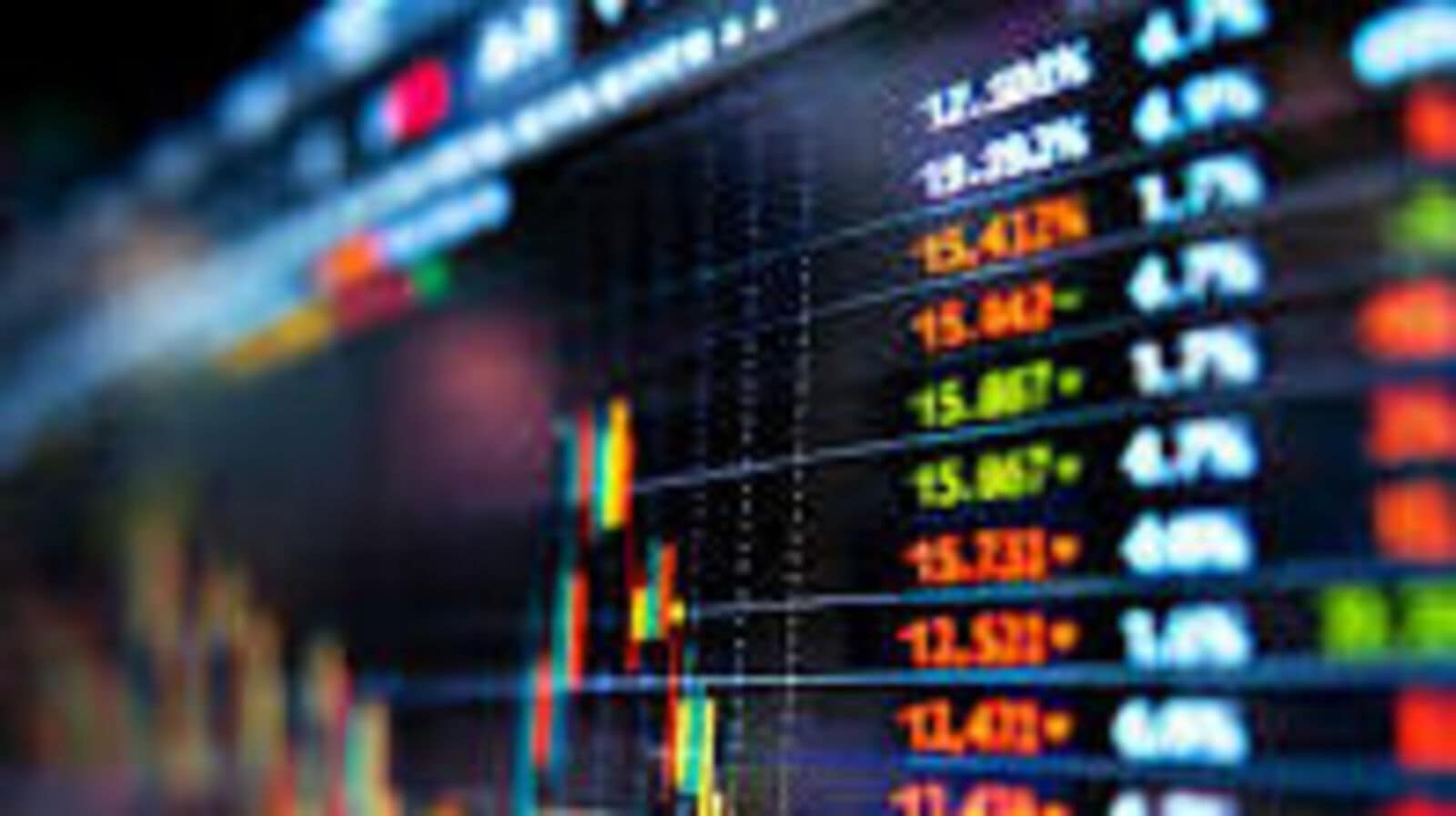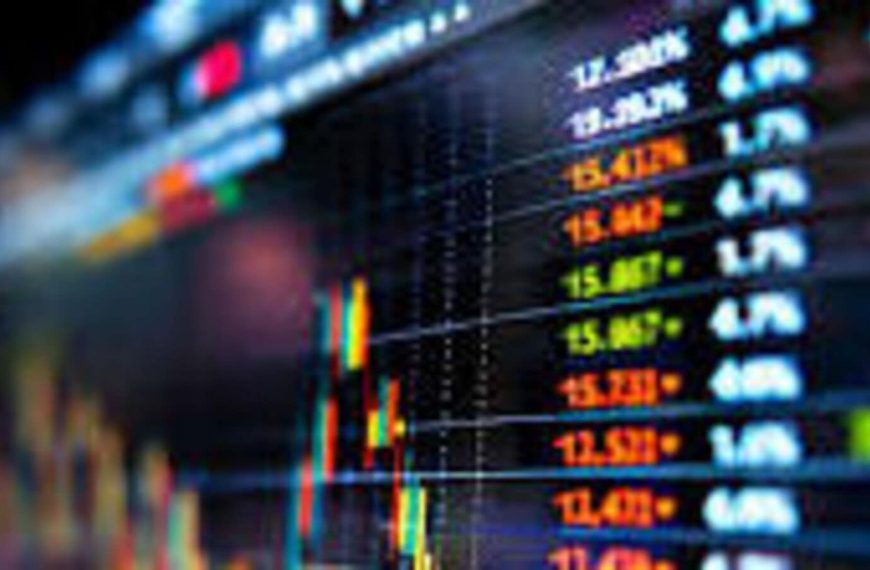Gold Prices Soar to New Heights: A Safe-Haven Asset Amid Economic Turmoil
In a remarkable turn of events, gold prices have surged to a staggering $3,000 per ounce, marking a historic milestone that underscores the precious metal’s status as a safe-haven asset in uncertain economic times. As global tensions rise, investors are increasingly turning to gold, which has proven its resilience during various financial crises.
The Journey of Gold Prices
According to John Reade, a Senior Market Strategist at the World Gold Council, gold’s performance has been impressive throughout various risk-off environments. It climbed from $1,000 during the financial crisis to $2,000 amid the COVID-19 pandemic, and now it has eclipsed the $3,000 mark as concerns about global stability mount.
- Key Milestones:
- $1,000 during the financial crisis
- $2,000 amid the pandemic
- $3,000 in 2024
Reade emphasizes that this latest achievement reinforces gold’s reputation as a reliable asset during turmoil. "Gold hitting $3,000 per ounce is a significant milestone," he noted. "It has consistently performed well in risk-off environments and has delivered returns comparable to most asset classes since 1971."
Changing Dynamics of Central Bank Purchases
One of the pivotal factors contributing to the rising gold prices is the dramatic increase in central bank purchases. Since 2022, central banks have doubled their gold acquisitions, amassing over 1,000 tons annually, with 1,045 tons purchased in 2024 alone. Reade attributes this trend to geopolitical factors, including de-dollarization, inflation worries, and economic sanctions, which encourage central banks to bolster their gold reserves.
He observed, "We believe that geopolitical factors, such as de-dollarization and sanctions, have driven this increase. As global fragmentation continues, central bank buying will remain a significant demand driver, influencing market dynamics in the long term."
Emerging Markets Fueling Gold Demand
Investment demand for gold is also on the rise, particularly from emerging markets. In China, a stagnant property market has led investors to pivot toward gold, while in Turkey, households are increasingly seeking gold as a hedge against currency depreciation. In India, recent cuts to import duties have further stimulated gold purchases.
- Emerging Markets Trends:
- China: Shift from property to gold
- Turkey: Demand surge for currency protection
- India: Boost from import duty cuts
The recent rally in gold prices has also been driven by escalating economic risks, particularly uncertainty surrounding U.S. tariffs and ongoing trade wars. As market volatility increases, investors are turning to gold as a vital portfolio diversifier.
Reade commented on this trend, stating, "The recent rally can be attributed to uncertainty surrounding U.S. tariffs and the evolving trade war, which have intensified economic risks and market volatility, driving investor interest in gold."
In conclusion, as gold prices reach unprecedented levels, it is clear that the metal continues to be a favored asset for those seeking protection against economic uncertainties. With central banks ramping up their purchases and emerging markets showing increased demand, gold’s role as a safe haven is more prominent than ever.











